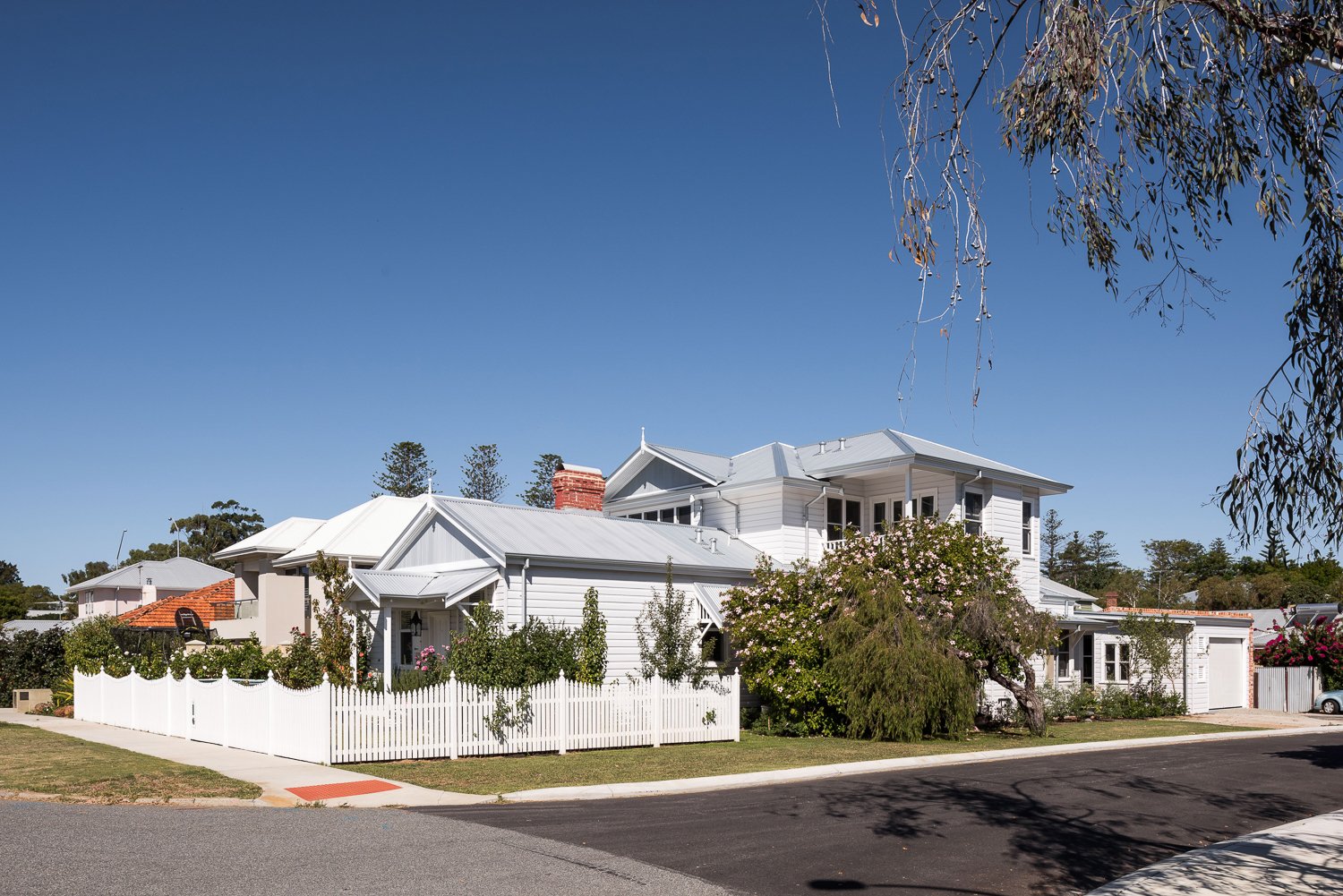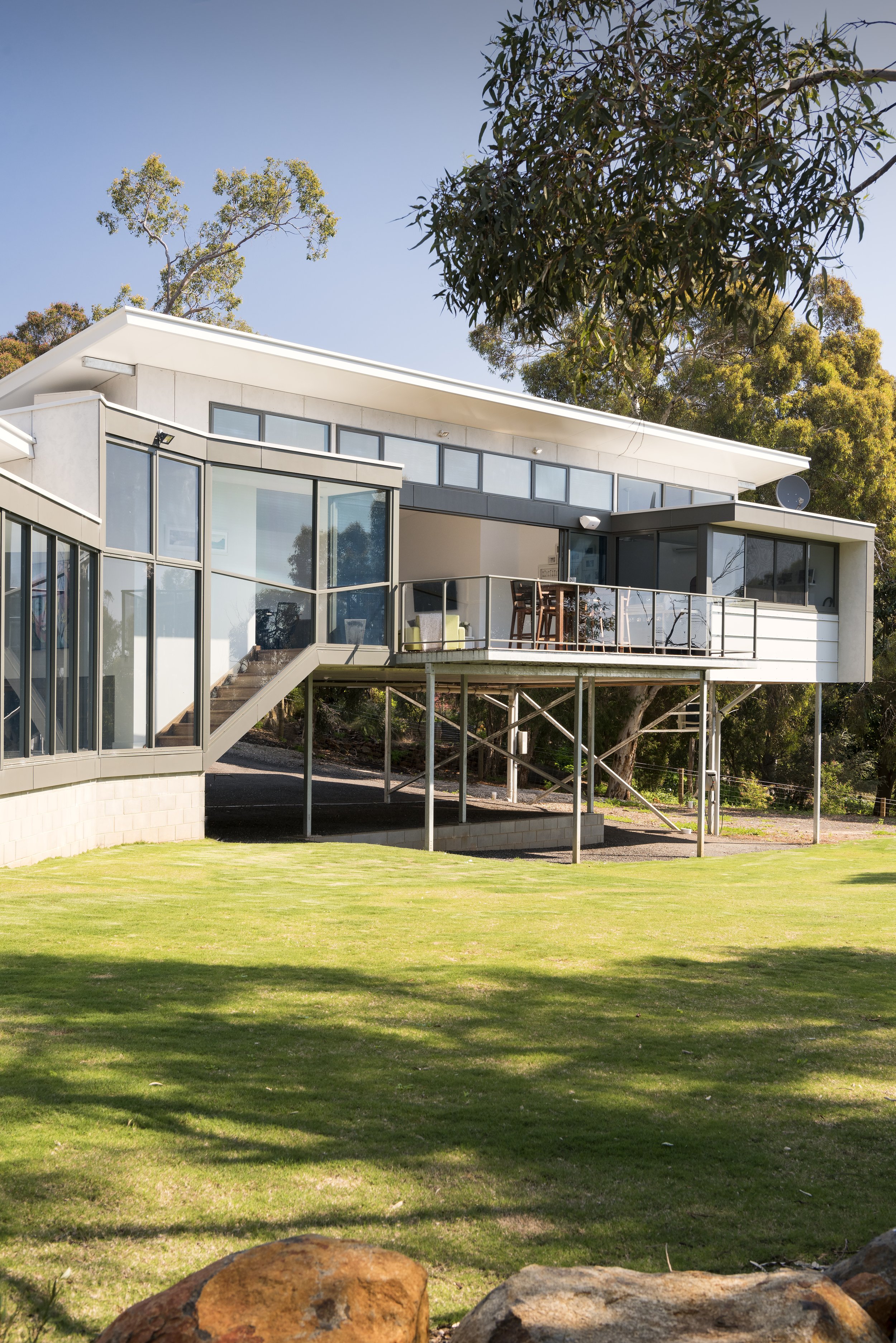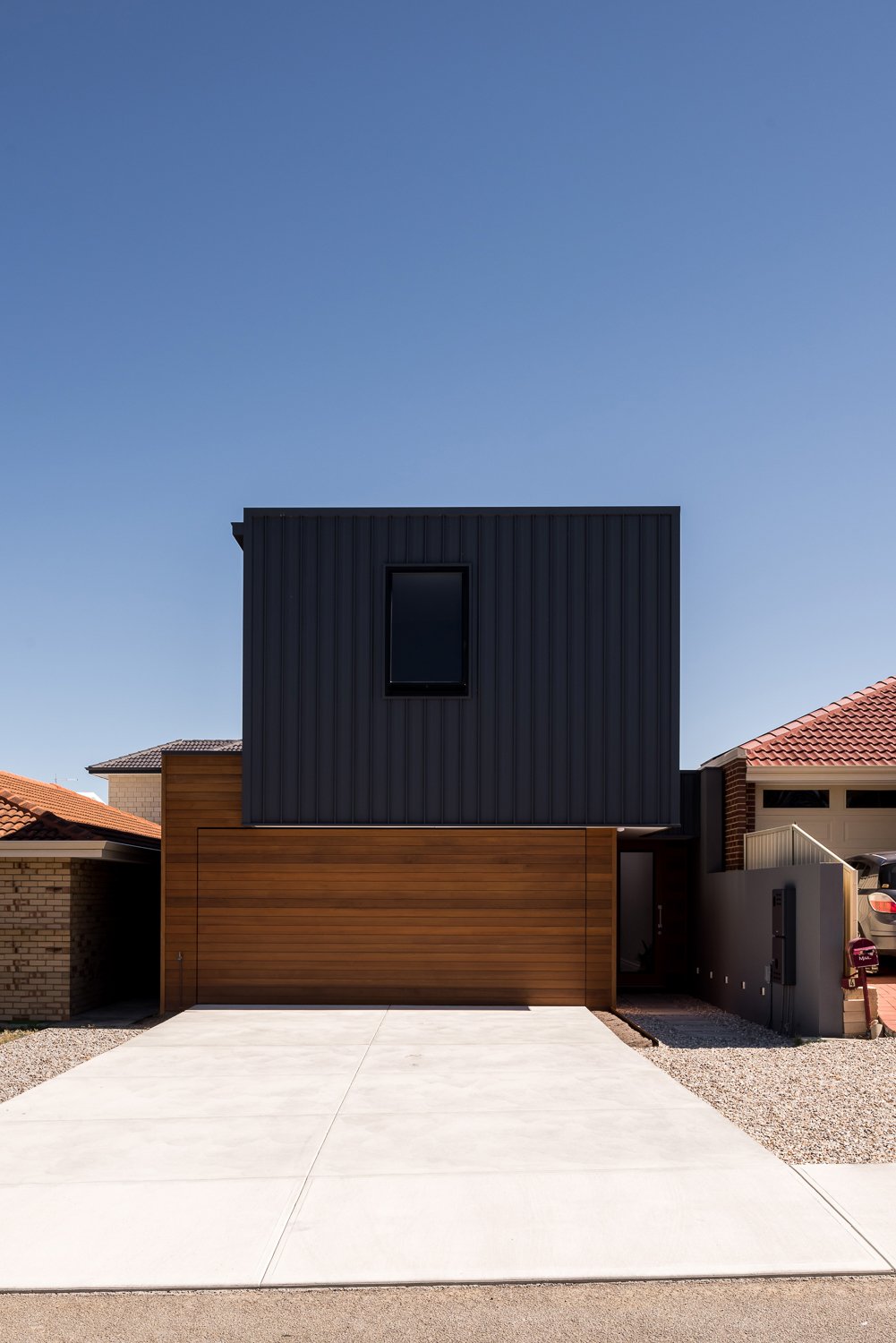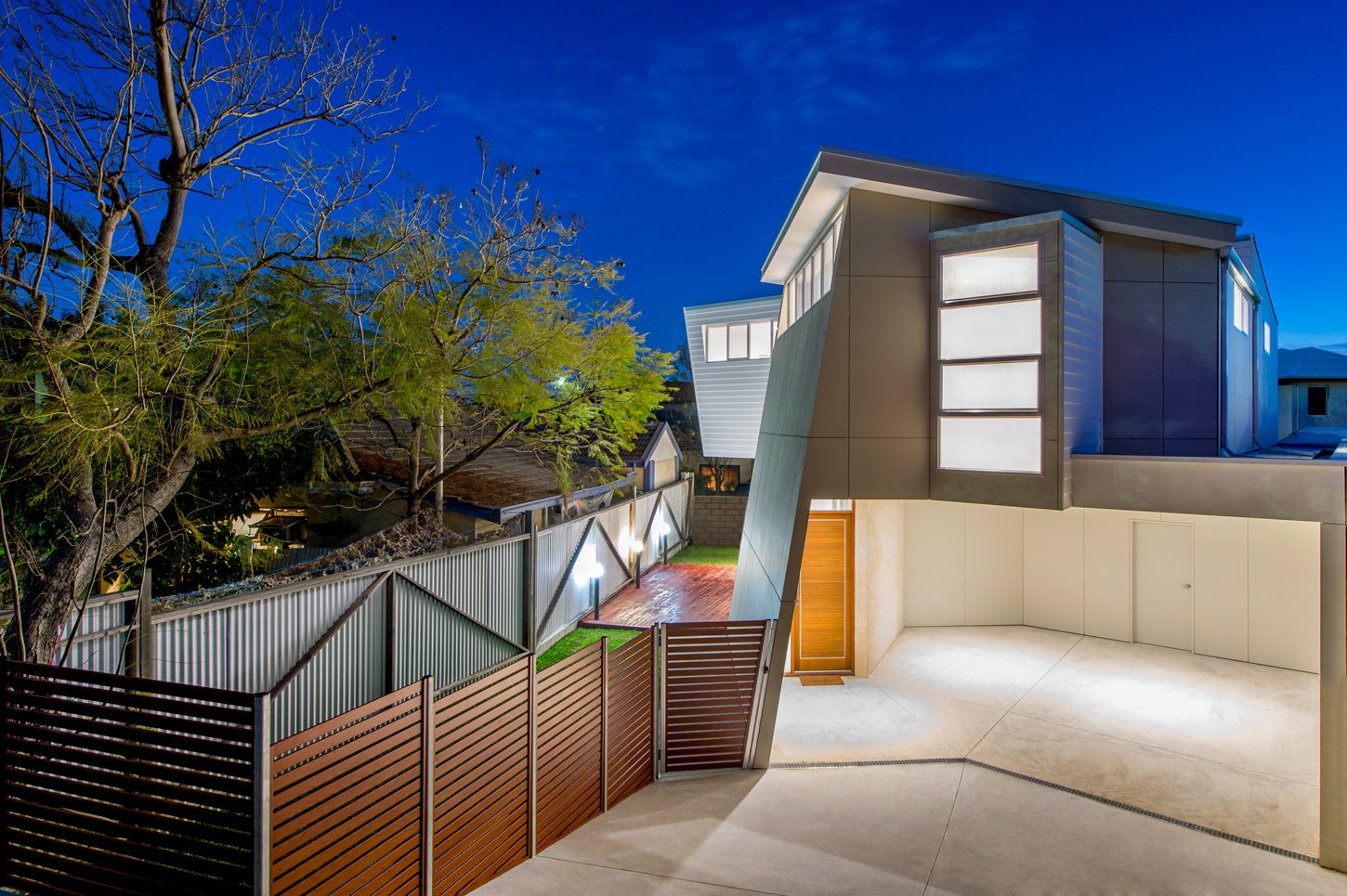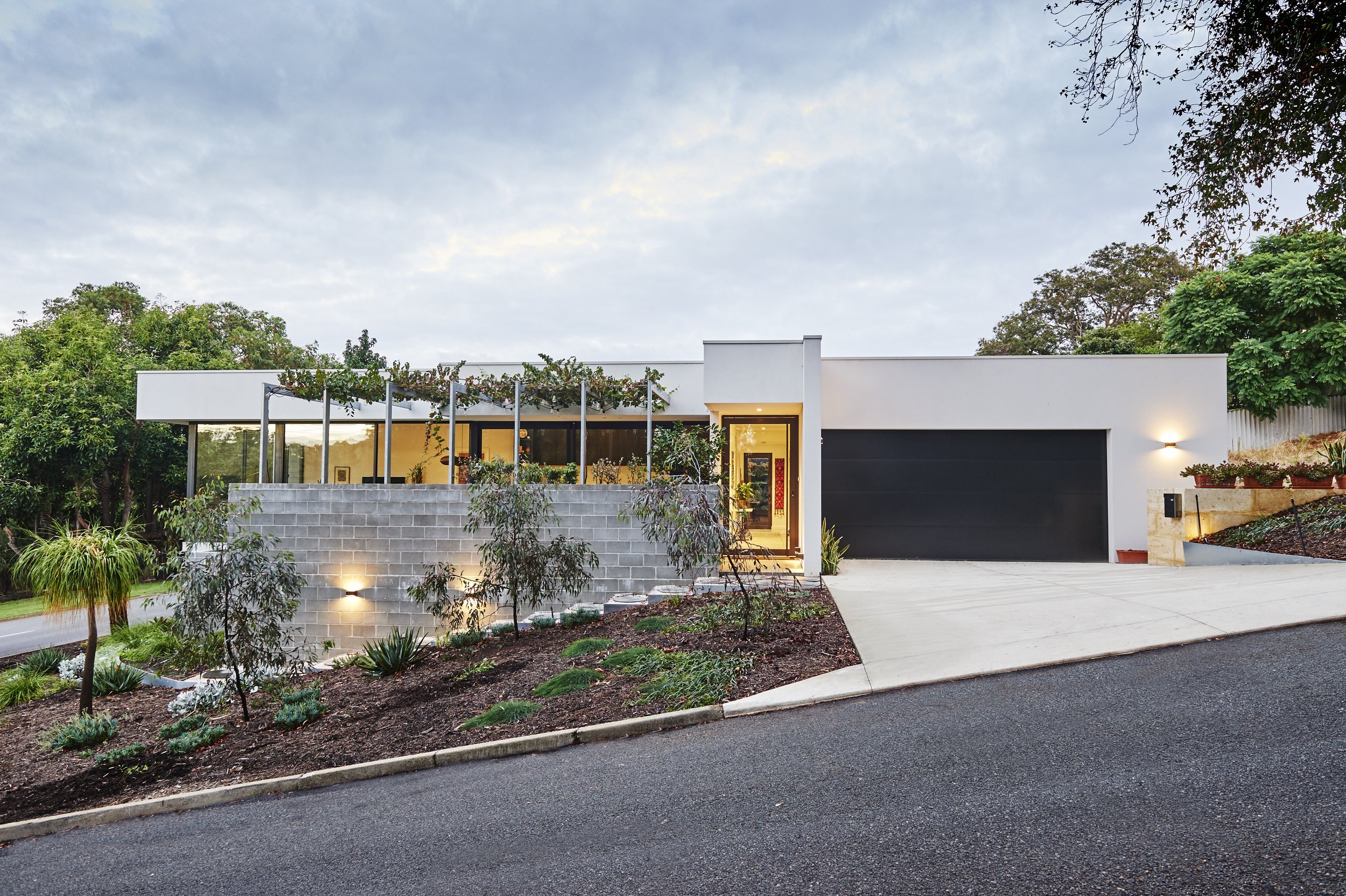For most, buying a block of land to build on won’t be a common occurrence, so it’s of no surprise if it feels a bit overwhelming. But, with proper research and a good understanding of what you need from a property, the whole process can be much less stressful. So, let’s look into what you need to consider before buying a block of land to build on.
Take your time
Buying land shouldn’t be a rushed endeavour, especially if you’re looking in older more established areas where blocks come in a variety of different sizes, shapes, topographies and aspects. In these areas, it’s best to look at a number of properties over a period of time so you can gauge the state of the market at that time. This will help ensure you don’t end up spending too much or simply settling too early for a block that doesn’t suit your needs.
Location
Buying a block and then building on it can be a very long multi-year process. So, choosing an area that you’d be happy to live in for an extended period of time is very important. Some things to consider to define the location you’d like to live in include affordability, proximity to friends and family, school zones or the type of neighbourhood.
It can often be difficult to find a property that fits all your requirements, though, so to refine your needs, it can help to make a list of all your priorities and rank them in order of importance. For one person, being in a good school zone might be the number one priority, but for someone else it might instead be proximity to friends and family. No matter what, it’s about defining what’s most important for you and your circumstances.
But it’s not just the neighbourhood and overall area that matters. The location on the street should also be something to consider. For example, corner blocks have the advantage of one less neighbour, offer better property access and are often cheaper. Inner blocks, however, are generally safer, receive less traffic and have less verge area to maintain. You may not have a choice about where on the street you’re located, but if you do, it’s worth understanding how they differ and what you’d prefer.
Cost
The actual cost of the land might seem like an obvious one, but deciding how much to spend can be difficult in itself. The general rule of thumb, however, is to spend half of your budget on your block and the other half on your home build.
If the site will require some preparation before building, do some research into how much this will cost. Then, look into the potential development costs and how much a good quality design that maximises the site's potential will likely be. On top of this, be sure to ask if all utility connections are set up and what council fees there will be for your property in the long-term.
A small block may be cheaper, but multiple storeys are often more costly to build. Photo by Peter Ellery Photography.
Size, shape and orientation
The possible size of your block will vary significantly depending on the location you’re looking in. Inner city locations will be much smaller and more restricted than those in outer suburbs or country areas. There can still be some flexibility, though, and the type of home design you want can influence the size of block you should be looking for. If you’d like or would be happy with a multi-storey home, a smaller block size can be considered, but remember that these designs are more costly to build. If you only want one storey, you’ll need to be certain that the land will fit the size of home you’re planning to build.
Ensure you’ve considered the orientation of the block regarding what views you’ll be able to have and whether your home will get the sunlight it needs. In Australia, a north facing home is generally preferred as they get more sun during winter and less during summer.
The shape of the land can also impact the type of build you can have. Oddly shaped blocks can make it difficult to design a home that maximises the site's potential. On this note, however, a complex site can really add character to a design and some of the best designed homes are situated on the most challenging sites. If you do choose an oddly shaped block, however, it’s best to ensure you’re working with an experienced designer.
Challenging blocks can encourage unique designs that result in award-winning builds. Top Left: Hermes Road, Gooseberry Hill, Photography by D-Max Photography | Top Right: Bushy Road, Spearwood, Photography by Dion Robeson | Bottom: Alfred Road, Claremont. Photography by Steve Nicholls.
Terrain and soil quality
The terrain and soil quality can have more of an impact on a build than many people initially realise. If the property is on a hill or has uneven ground, there may need to be significant site preparations, or your home will need to be designed to work with these challenges.
Just as important, though, is the soil quality. Make sure to research whether the soil will provide a good foundation for your build and, if you’re hoping to have a garden, that it will be able to grow the types of plants you want.
For some, soil quality for a large permaculture garden might be a priority. Photo by Peter Ellery Photography.
Lots on a hill can be difficult to design, but can still result in a stunning, functional home. Photo by Peter Edwards.
Zoning laws and legalities
To ensure council land is divided up to prepare for population growth and ensure an area remains liveable and desirable, state and local governments need to zone different blocks of land for different purposes. Generally, these categories include residential, agricultural, commercial and industrial. To make sure you don’t end up buying a piece of land that you can’t even build on, it’s important to check what zoning restrictions the land has. Is it zoned for residential living, and are there any other design or building restrictions that might affect your build?
Once you’ve confirmed that the land is zoned correctly, it’s a matter of ensuring there are no legal issues, such as disputes towards the land, that will cause you significant trouble during the buying process or even after.
Just as with any other big purchase, proper research and planning is a necessary part of buying the right plot of land to build on. And, before you commit to buying anything, it’s always best to get advice from your builder, architect or agent, as they can make you aware of issues you might otherwise miss.


